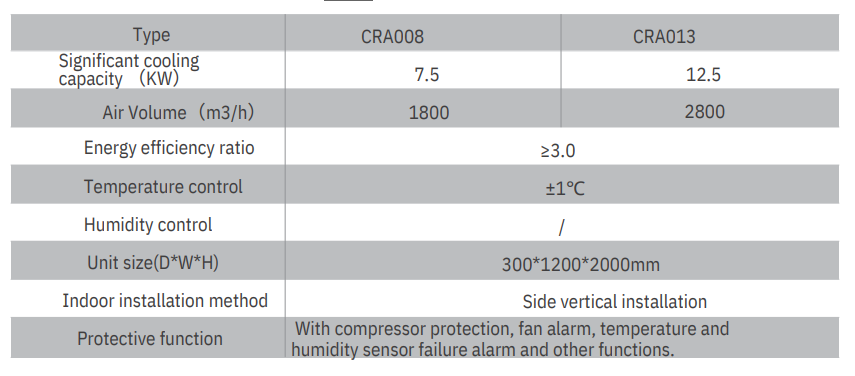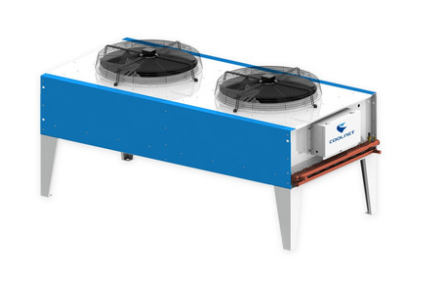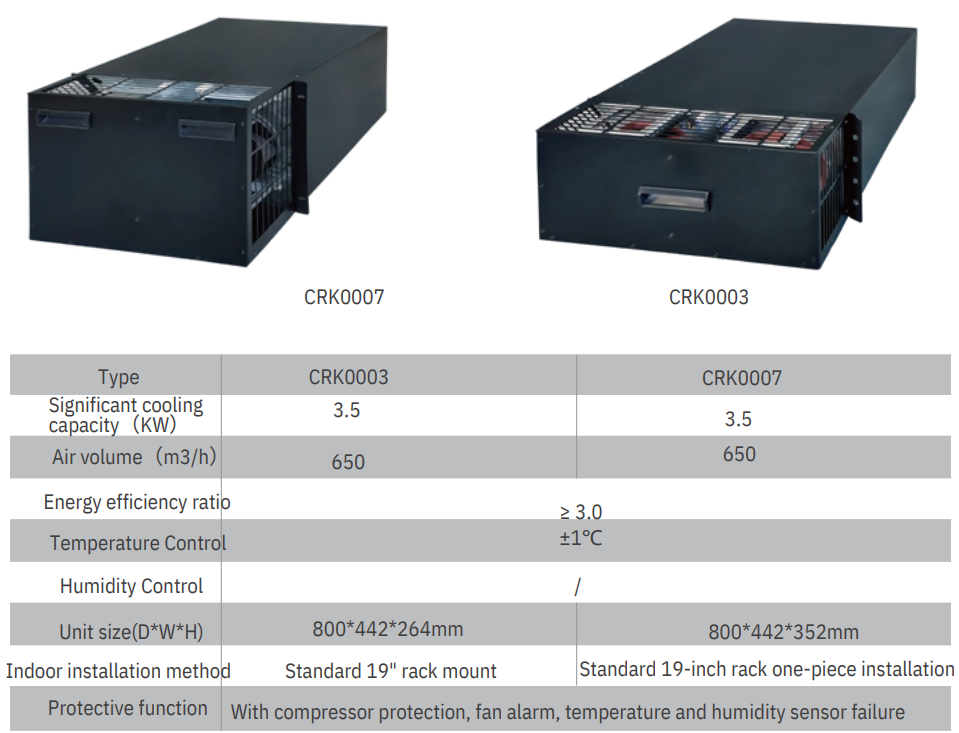Air Cooling Systems
Npod-Cooling System
NPods In-row cooling technology is a type of air conditioning system commonly used in data centers in which the cooling unit is placed between the server cabinets in a row for offering cool air to the server equipment more effectively. In Row air cooling system are used in data centers to cool server IT racks and placed in between for precession air cooling system. These are energy efficient smart senor-based air conditioner which maintains cooling temperature in the data center locations:
Advantages of Cooling System of NPOD
Refigerant Cooling
Refrigerant-based cooling is another method utilized in in-row cooling systems to remove heat generated by the data center equipment. Refrigerant, a substance with high heat-absorbing properties, undergoes a cycle of compression and expansion to facilitate the cooling process.
Air-cooled module solution
Applicable to various medium and small data centers, such as: operator data centers, data centers of various industries (finance, government, energy, medical, etc.) and other enterprise-level data centers.
Chilled water module
It is suitable for all kinds of large and medium data centers with chilled water hosts, such as: Internet data centers, operator data centers, data centers in various industries (finance, government, energy, medical, etc.) and other enterprise-level data centers.

Layout Plan

In Row Air Conditioning Closed Cold Aisle
The combination of closed cold aisle system and In Row air conditioning has the following characteristics The cold air is enclosed in the cold aisle and passes through the equipment , so that the cold capacity is fully utilized. More stable air supply. Reduce ineffective air flow and reduce equipment energy consumption Appropriately increasing the supply air temperature can improve the efficiency of the unit

In row Air Conditioning Closed Hot Aisle
The combination of closed hot aisle system and In Row air conditioning has the following characteristics: The hot air is centralized and isolated, and the unit is in the best operating condition; The overall temperature of the computer room is effectively controlled; The computer room can achieve partial cold storage effect; Appropriately increasing the supply air temperature can improve the efficiency of the unit
Features
In row-Air cooling


The in-row cooling unit draws warm exhaust air directly from the hot aisle, cools it and distributes it to the cold aisle. This ensures that inlet temperatures are steady for precise operation. Coupling the air conditioning with the heat source produces an efficient direct return air path; this is called “close coupled cooling,” which also lowers the fan energy required. In-row cooling also prevents the mixing of hot and cold air, thus increasing efficiency.
Energy efficient
The air conditioner and the server cabinet form an enclosed space. The air supply distance of the air conditioner is short, and it is directly delivered to the server air inlet, reducing the loss of airflow and cooling capacity, high efficiency and energy saving, and reducing the PUE value of the computer room. The EC fan is used, which is suitable for independent local high-density heat dissipation, adjusts the air volume output in time, and keeps the temperature and humidity in the confined space constant.
Rack Mounting AC

High Reliable
Adopt high-quality components that have been rigorously tested, such as compressors, fans, expansion valves, filter driers, etc. Steel structure frame, high-quality steel panel, and the interior of the panel is affixed with sound insulation, heat insulation, fireproof insulation cotton. Full frontal maintenance to reduce maintenance difficulty.
DC Inverter Compressors:
The incorporation of DC inverter compressors in the refrigerant-based cooling units enhances energy efficiency by allowing variable speed control. The DC inverter technology enables the compressor to adjust its speed based on the cooling demand, optimizing energy consumption and ensuring precise temperature control for the IT racks.
DC Driven EC Fans:
DC-driven fans play a crucial role in augmenting the overall energy efficiency of the cooling system. With Electrically Commutated (EC) fans, the integration of DC technology facilitates intelligent speed control. These fans operate with minimal noise, even at low rotational speeds, providing a quieter and more comfortable environment for the data center.
Electronic Expansion Values:
Electronic expansion valves further contribute to the efficiency of the refrigerant-based cooling system. These valves enable accurate regulation of the refrigerant flow, responding dynamically to changing thermal loads. The result is improved system performance, energy savings, and enhanced reliability in maintaining the desired operating conditions within the data center.